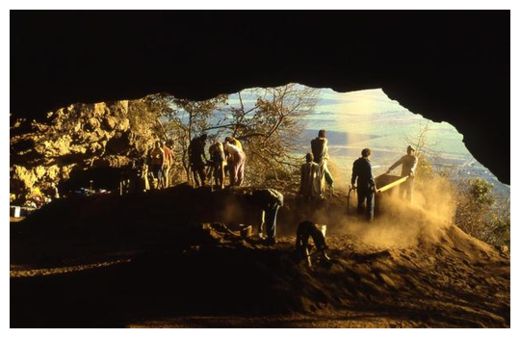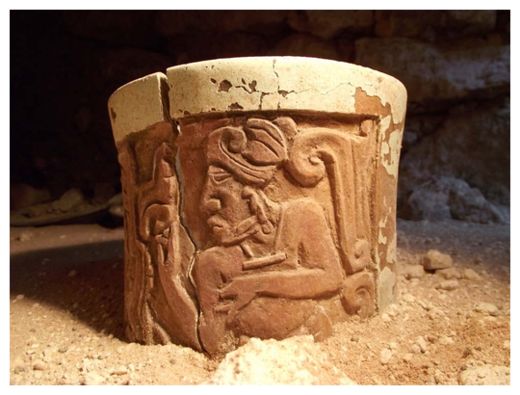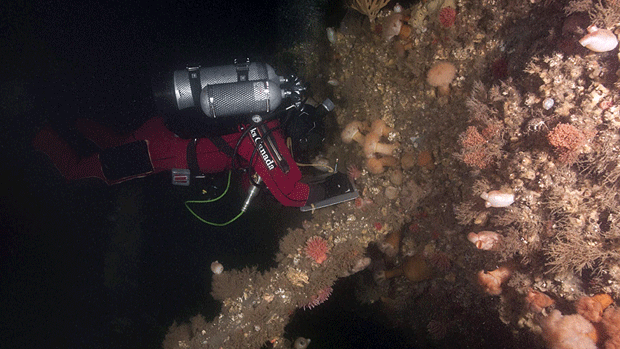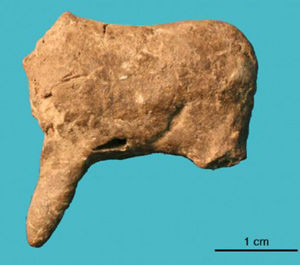
© Sarah TishkoffA group of Hadza men.
After decades of digging, paleoanthropologists looking for fossilized human bones have established a reasonably clear picture: Modern humans arose in Africa some 200,000 years ago and all archaic species of humans then disappeared, surviving only outside Africa, as did the Neanderthals in Europe.
Geneticists studying DNA now say that, to the contrary, a previously unknown archaic species of human, a cousin of the Neanderthals, may have lingered in Africa until perhaps 25,000 years ago, coexisting with the modern humans and on occasion interbreeding with them.
The geneticists reached this conclusion, reported on Thursday in the journal
Cell, after decoding the entire genome of three isolated hunter-gatherer peoples in Africa, hoping to cast light on the origins of modern human evolution. But the finding is regarded skeptically by some paleoanthropologists because of the absence in the fossil record of anything that would support the geneticists' statistical calculations.
Two of the hunter-gatherers in the study, the Hadza and Sandawe of Tanzania, speak click languages and carry ancient DNA lineages that trace to the earliest branchings of the human family tree. The third group is that of the forest-dwelling pygmies of Cameroon, who also have ancient lineages and unusual blood types.
The geneticists, led by Joseph Lachance and Sarah A. Tishkoff of the University of Pennsylvania, decoded the entire genomes of five men from each of these groups. The costs of whole-genome sequencing have fallen so much that the technique can now be applied to populations for the first time, said Dr. Tishkoff, who paid the company Complete Genomics around $10,000 for each of the 15 genomes.




Comment: Again we see that history is far from being a straight upward trend of 'progress'. What if the reason why artistic traditions can spring up, become lost, then re-emerge is because cyclical cataclysms periodically intervene?
The Golden Age, Psychopathy and the Sixth Extinction